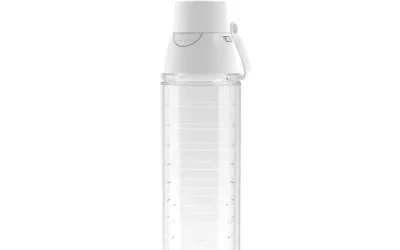While cooling towers are very efficient by design, they are also prone to attracting harmful microbes and organic contaminants due to their exposure to the atmosphere and the naturally conducive environment for microbiological growth.
The type of microbiological contaminants in the environment will have an impact on the cooling tower biocide selected for control, but there will be other factors that a will also come into considering for selection. There are different concerns with microbes as well, including the presence of Legionella pneumophila, which is a very significant health risk, or the more efficiency related issues with slime and sludge creating lower effectiveness of the heat exchange system.
Volume of Water Treated
It is essential to choose a biocide option that is suited to the volume of water that needs to be treated. This is most effectively measured by monitoring the volume of water supplied to the system through the pipes.
Larger cooling towers will require biocides that are able to effectively treat larger volumes of water with consideration to the specific microbiological factors present.
Water Quality
While water into the system is critical, it is often difficult to have control over this factor. Most commercial and industrial cooling towers will use either water supplied by the city or municipality, or in some areas dedicated wells may be used for the water supply.
The types of organic material and airborne contaminants in the surrounding environment to the cooling tower will need to be carefully considered when choosing the right biocide and testing procedure. Food material for bacterial growth, water temperature in the cooling tower and even the use of recycled wastewater in the tower can all increase the risk of microbiological growth
Possible Drawbacks to Biocides
Incorrect selection of a cooling tower biocide can lead to problems with the growth of biofilm. The presence of biofilm is much more likely to also lead to the development of MIC or microbiologically influenced corrosion.
On the other hand, choosing some of the traditional types of biocide options that significantly change the pH of the system can also lead to an increase in corrosion within the cooling tower. Both options are unfavorable but possible to avoid with the correct selection of a biocide program.
Working with a company that specializes in effective biocide systems that are designed for the specific factors in a given cooling tower is always the best option. This not only provides effective solutions, but it also assists in finding the lowest cost treatment option to get the job done correctly.


